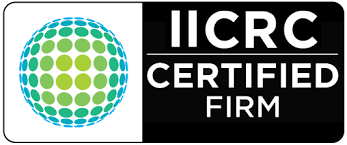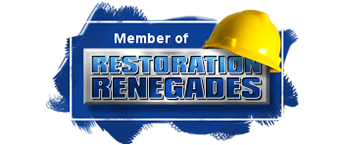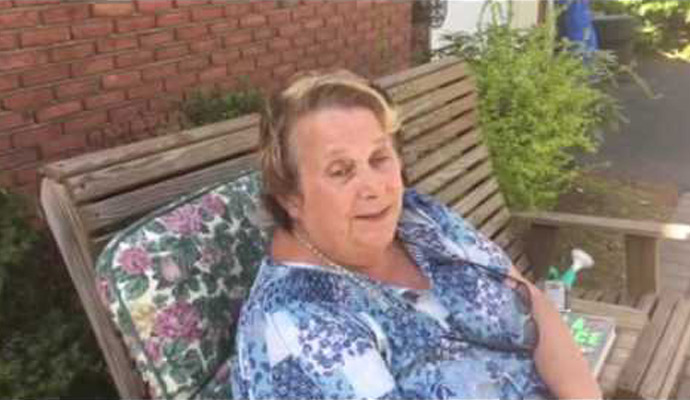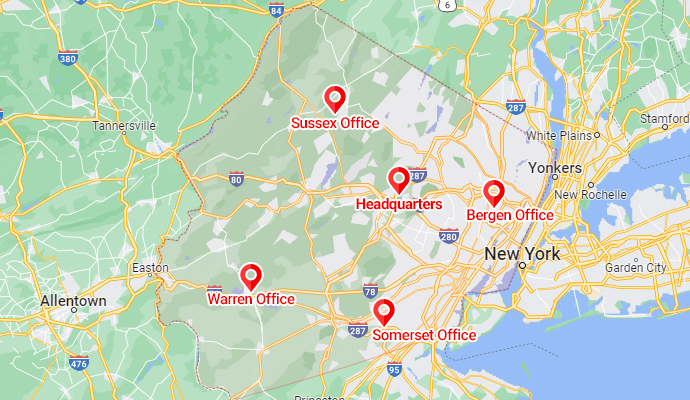Water Damage in Older Homes: Special Considerations
Older homes possess unique charm and character, but they also come with specific challenges, particularly when it comes to water damage. Understanding these challenges is crucial for maintaining a safe, dry, and livable environment. Here are some special considerations for dealing with water damage in older homes, focusing on issues related to wet, damp, water, moisture, humidity, toilet, bathroom, sink, and keeping areas clean and sanitized.
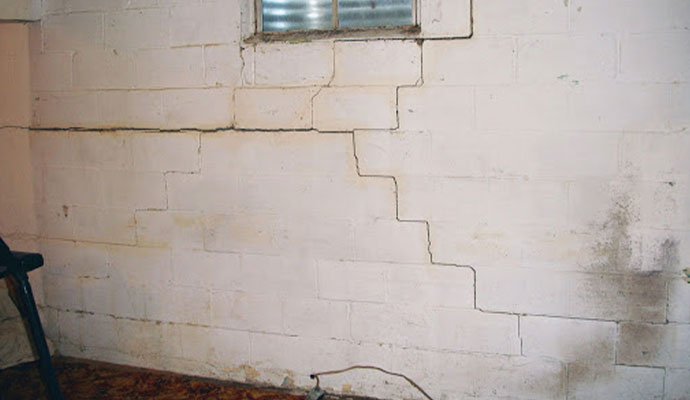
Aging Plumbing Systems
One of the primary concerns in older homes is the aging plumbing system. Pipes made from materials like galvanized steel, lead, or cast iron can corrode, leading to leaks and bursts. These leaks can cause significant water damage, especially in hidden areas such as walls and under floors.
Considerations:
- Regularly inspect exposed pipes for signs of corrosion or leaks.
- Consider replacing old plumbing with modern materials such as copper or PEX.
- Pay special attention to areas around the toilet, bathroom, and sink, where leaks are more likely to occur.
Poor Insulation and Ventilation
Older homes often lack modern insulation and ventilation, which can lead to increased moisture and humidity levels. This environment is conducive to mold and mildew growth, particularly in areas like basements, attics, and bathrooms.
Considerations:
- Improve ventilation by installing exhaust fans in bathrooms and kitchens to reduce humidity.
- Insulate walls, attics, and crawl spaces to prevent condensation and damp conditions.
- Use dehumidifiers in areas prone to moisture buildup to keep humidity levels in check.
Outdated Roofing and Gutters
The roofing and gutter systems in older homes may be outdated or deteriorated, leading to leaks and water intrusion. Damaged shingles, flashing, and clogged gutters can allow water to seep into the structure, causing dampness and water damage.
Considerations:
- Regularly inspect and maintain the roof, repairing or replacing damaged shingles and flashing.
- Ensure gutters and downspouts are clean and functional to direct water away from the foundation.
- Consider installing a modern, waterproof roofing system to better protect against water intrusion.
Foundation Cracks and Settling
Older homes may experience foundation settling, leading to cracks that allow water to seep into basements and crawl spaces. These damp environments can contribute to mold growth and structural damage.
Considerations:
- Inspect the foundation regularly for cracks and signs of settling.
- Seal any cracks with appropriate waterproofing materials to prevent water ingress.
- Ensure proper grading around the home to direct water away from the foundation.
Mold and Mildew
Mold and mildew are common issues in older homes due to their tendency to retain moisture. Mold can grow in damp, dark areas such as basements, attics, and behind walls, posing health risks and damaging the structure.
Considerations:
- Keep all areas, especially the bathroom, kitchen, and basement, dry and well-ventilated.
- Clean and sanitize affected areas promptly to prevent mold growth.
- Use mold-resistant paint and materials in areas prone to dampness and moisture.
Preventive Measures
Preventing water damage in older homes requires a proactive approach. Regular maintenance, timely repairs, and upgrades to modern systems can significantly reduce the risk of water damage.
Considerations:
- Schedule regular inspections of plumbing, roofing, and foundation.
- Implement modern waterproofing solutions where necessary.
- Educate occupants about the importance of keeping areas dry and reporting any signs of water damage immediately.
Conclusion
Water damage in older homes presents unique challenges, but with proper care and maintenance, these issues can be managed effectively. Addressing aging plumbing, improving insulation and ventilation, maintaining the roof and gutters, and keeping the foundation in good condition are essential steps in preserving the integrity of an older home. By taking these special considerations into account and keeping areas clean and sanitized, homeowners can protect their investment and ensure a safe, dry, and healthy living environment.
At PDQ Restoration, we take pride in offering expert water and fire damage restoration services to homeowners in North Jersey. With numerous positive reviews on Google, we are highly regarded for our professionalism, efficiency, and dedication to customer satisfaction. Trust us to keep your home safe and structurally sound.




